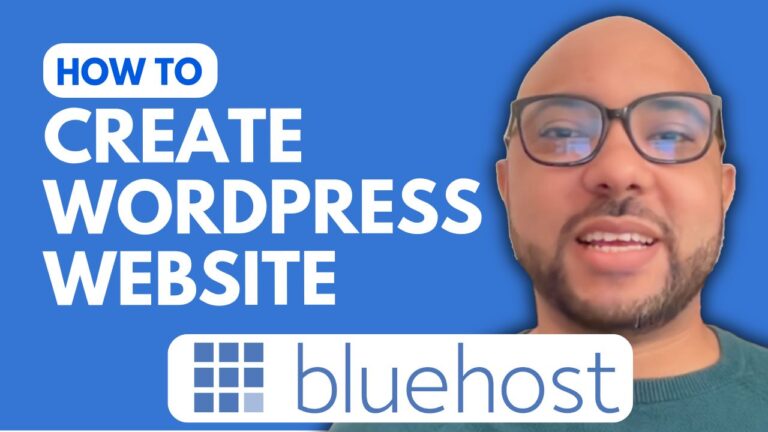How to Use Hostinger Website Builder?
Welcome to Ben’s Experience! In this guide, I will walk you through how to use the Hostinger website builder to create and customize your own website.
Step 1: Accessing the Website Builder
Once you are inside your Hostinger account, navigate to the “Website” section and click on “Edit Website.” You will see two toolbars: the top toolbar and the left-side toolbar.
Step 2: Adding Elements to Your Page
To add a new element to your page, click on “Add Element” from the left toolbar. You can drag and drop any element from the list, such as text, buttons, images, videos, contact forms, or subscribe forms. For example, if you want to add a video, simply drag it onto your page, click “Edit,” add your link, and you’re done.
If you need to delete elements, you can easily do so to customize your layout further.
Step 3: Managing Pages and Menus
You can manage your website’s pages and menu from the left toolbar. For example, if you want to reorder your menu items, such as placing the “About” page after “Contact,” just drag and drop the items accordingly. You can also enable a “Coming Soon” page or hide certain pages from navigation.
Step 4: Customizing Website Styles
To match your brand’s identity, you can customize your website styles. This includes changing colors, fonts, and other visual elements. If you have specific brand colors, you can easily apply them using the customization tools provided.
Step 5: Using AI Tools
Hostinger website builder includes AI tools to help generate content. For instance, if you need an SEO-optimized section for your “About” page, you can use the AI writer. Simply provide the necessary information about your business, and the AI will generate a text for you.
Step 6: Enabling E-commerce and Other Features
You can enable an e-commerce store on your website by clicking “Manage Store” in the left toolbar. This allows you to add products, set up payment methods, and manage your online shop.
Additionally, you can integrate various tools under the “Integrations” section, such as Google Analytics, Facebook Pixel, and Hotjar. These tools help you track visitor behavior, manage ads, and optimize your website’s performance.
Step 7: General Settings
In the general settings, you can add a favicon, set a preview image, and enable a cookie banner. You can also manage backups, add custom code, and configure SEO settings like titles, meta descriptions, and URLs.
Step 8: Finalizing Your Website
Before publishing your website, you can preview it in mobile view to ensure it looks good on all devices. Save your changes regularly—autosave is always on, but you can also manually save and update your site.
Free Courses Available
Before you go, I have something special for you. I offer two free online video courses: one on Hostinger hosting and WordPress management, and another on using the Hostinger website builder to create basic websites or online shops. You can get them both for free by clicking this link.
If you found this guide helpful, give it a thumbs up and subscribe to my YouTube channel for more tips and tutorials. If you have any questions, feel free to leave a comment below.





